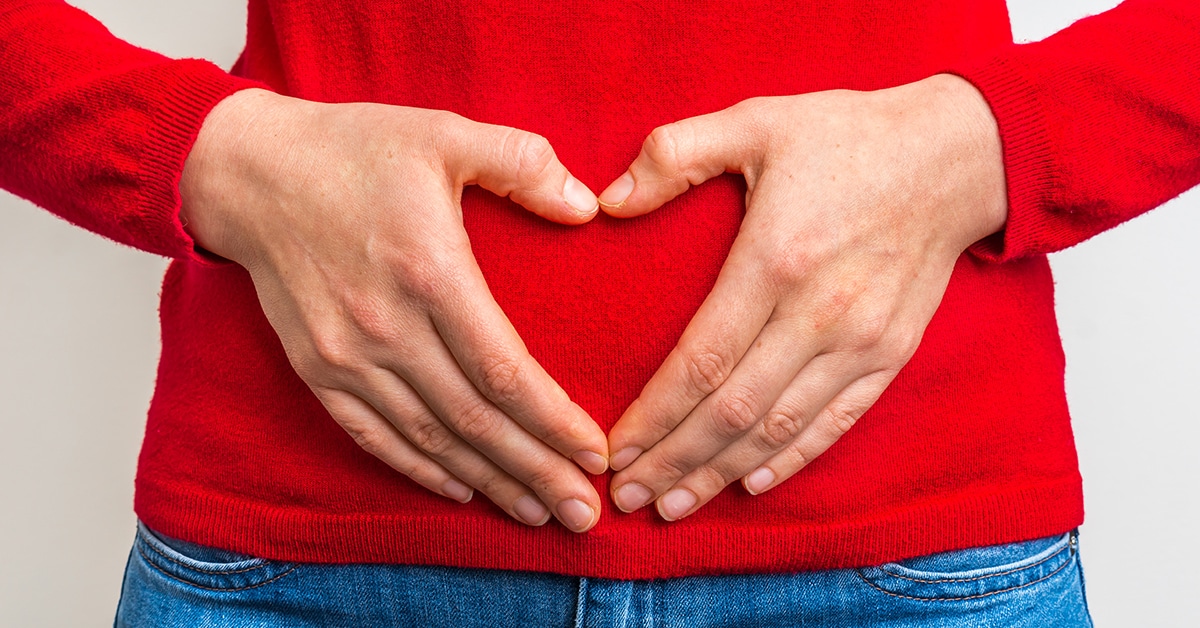
Life Without a Stomach: Staying Healthy After Stomach Removal
-
Updated June 19, 2020
Did you know that it is possible to live without a stomach? It’s a daily reality for some stomach cancer, survivors. If you’ve been diagnosed with stomach or gastric cancer and need gastrectomy surgery, here’s how to stay healthy in survivorship.
Treatment for stomach cancer: What is gastrectomy?
When diagnosed with stomach cancer, your recommended treatment may be a partial or total removal of the stomach, called a gastrectomy. During a partial gastrectomy, a portion, usually the lower half, of the stomach is removed and the small intestine is connected to the remaining section of the stomach.
A total gastrectomy is sometimes required based on the location of the tumor in the stomach. In this case, the surgeon removes the stomach and connects the esophagus to the small intestine. This leaves patients with a working digestive system that still allows swallowing, eating and digesting food, but in a much different way.
What happens after your stomach is removed?
After surgery, the way you eat and digest food will change, and it’s important that you carefully follow your doctor’s recommendations for eating to ensure your body is absorbing much-needed nutrients.
“It is important to try to consume as many calories as possible to minimize rapid weight loss in the first few months following surgery, and to take in nutrients that the body needs to aid in the healing process,” said Jeffrey M. Farma, MD, FACS, a surgical oncologist at Fox Chase Cancer Center.
“Eventually the desire to eat and enjoy food will return,” he said.
Eating after your gastrectomy
Without your stomach, you aren’t able to handle regular portions of food and may not even feel hungry. Even if you are not hungry, it is important to remember that nutrition is a vital part of your health.
You will need to eat smaller amounts of food more often – six to eight small meals a day. Your doctor or nutritionist may also recommend that you stay upright for some time after eating. Your health care team can help you adjust your diet if you are having problems eating.
Some patients may experience a condition called dumping syndrome. When part or all of the stomach is removed, the food that is swallowed quickly passes into the intestine, leading to problems with nausea, diarrhea, sweating and flushing after eating. There are treatments to help with these symptoms.“Since the stomach is no longer there to do the grinding and breakdown of food, it is important that patients take small bites and thoroughly chew the food,” Farma said.
Maintaining your weight without a stomach
Consuming enough calories to return to your favorite activities will happen over time. Nutritious, high calorie, low sugar foods provide the best bang for the bite. Calories are your body’s first priority.
“You will not be able to eat the same quantity of food as you did before your surgery, so it is important to get the calories in smaller amounts of high calorie foods,” Farma suggested.
Dietary guidelines
- Eat a variety of foods including fruits, vegetables, whole grains, protein-rich foods and dairy, which provide a good balance for every meal.
- Try not to go for more than 2 or 3 hours without eating.
- Carry healthy snacks so you can take a bite here and there.
- Nutrient-dense liquids can provide needed calories and are sometimes easier to consume than solid foods. Consider drinking milk, eggnog or unsweetened juice instead of coffee, tea or water.
While you can’t change the fact that your digestive system is different, you can change your diet and lifestyle to enjoy a full and rewarding life after surgery.
Learn more about stomach cancer treatment at Fox Chase Cancer Center.
